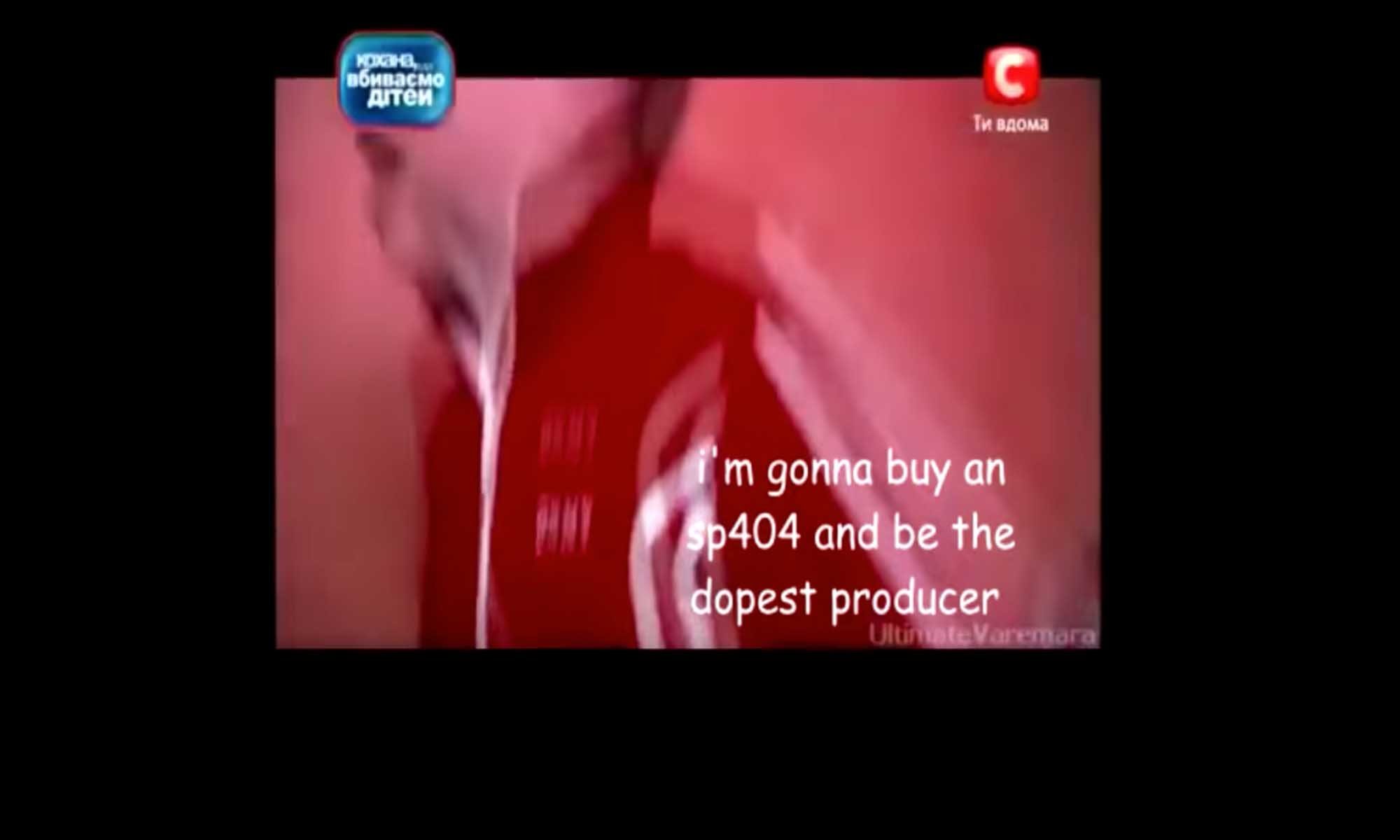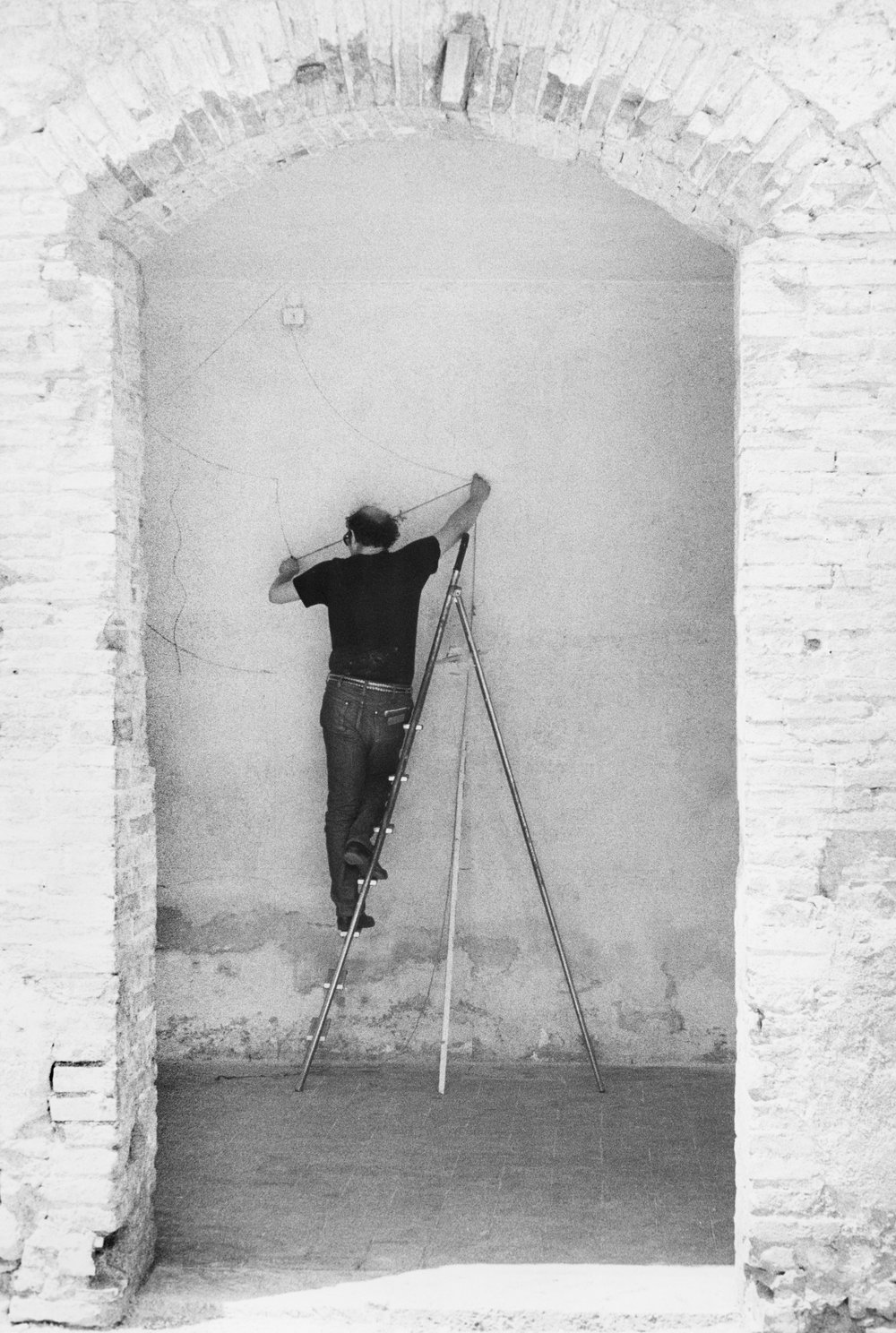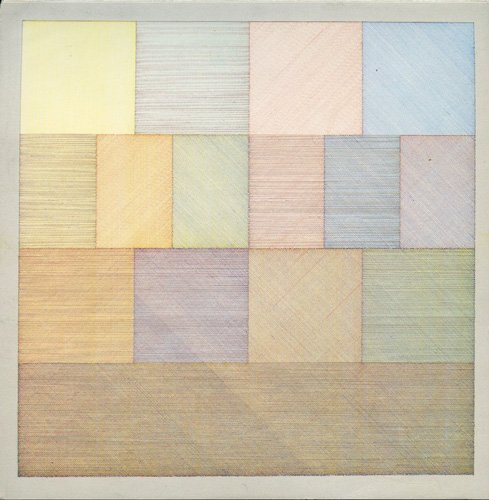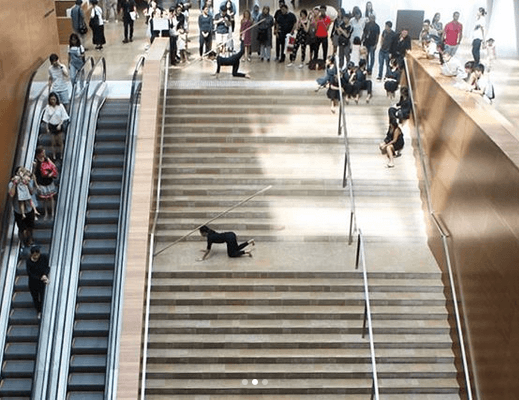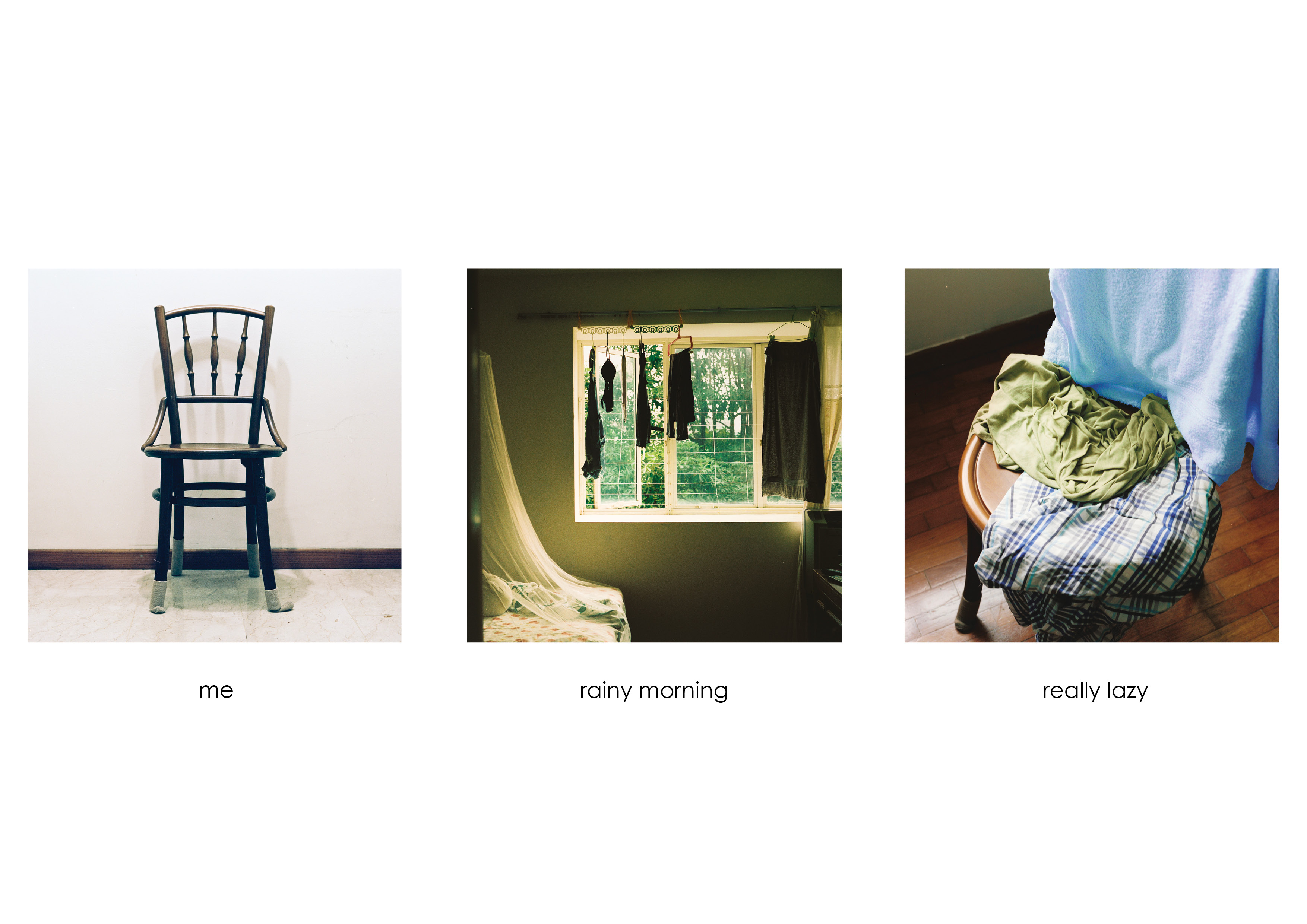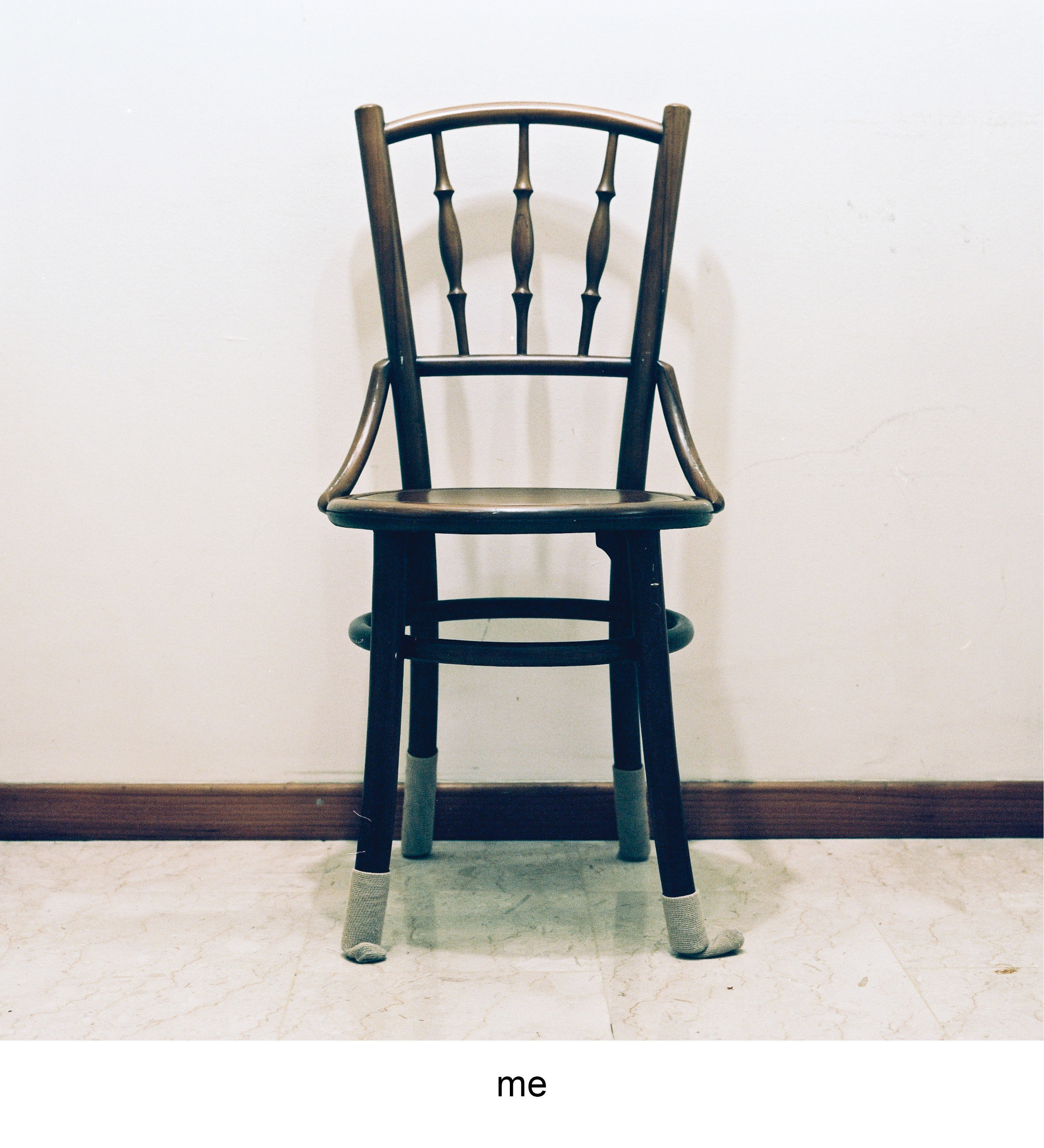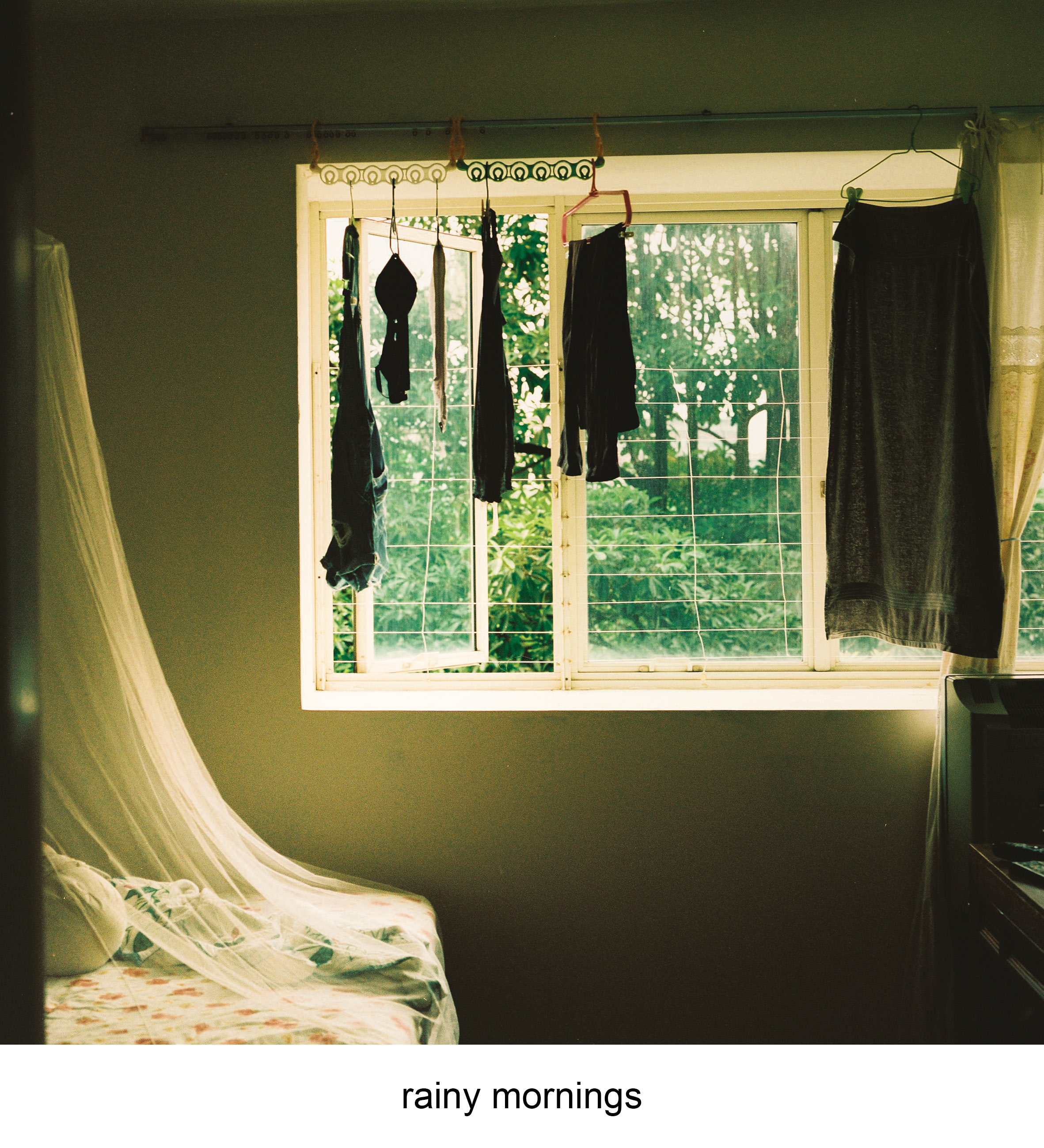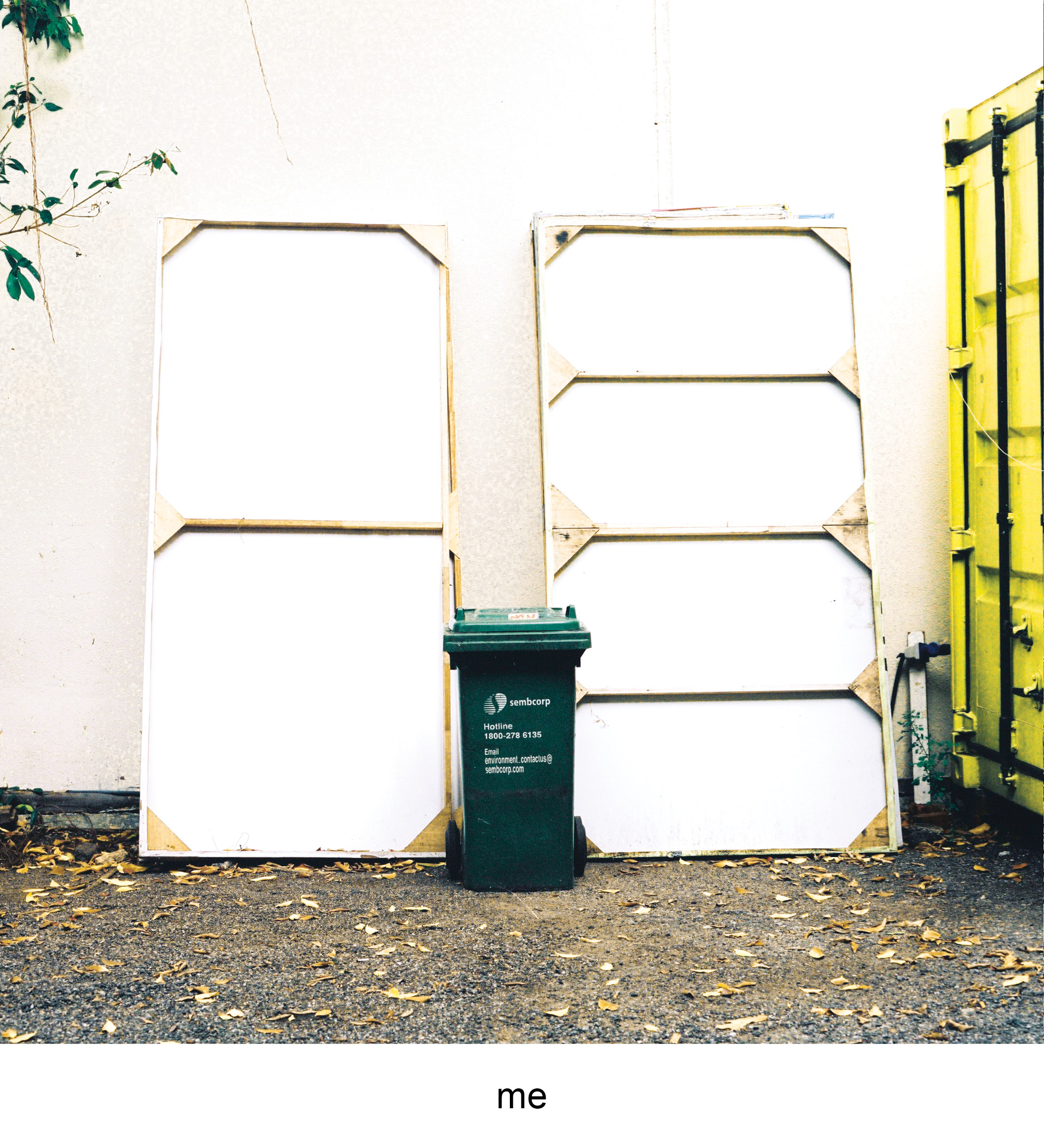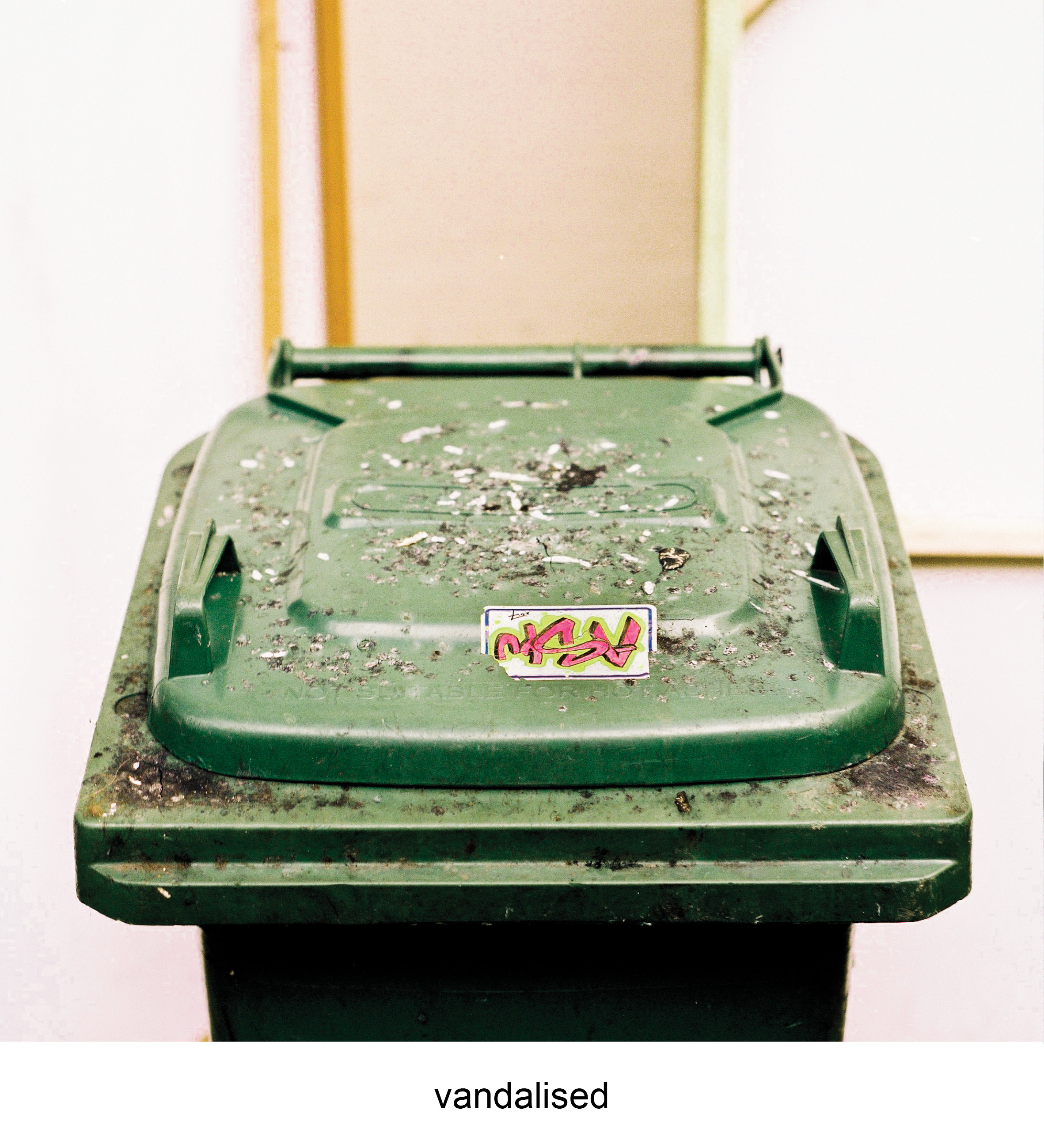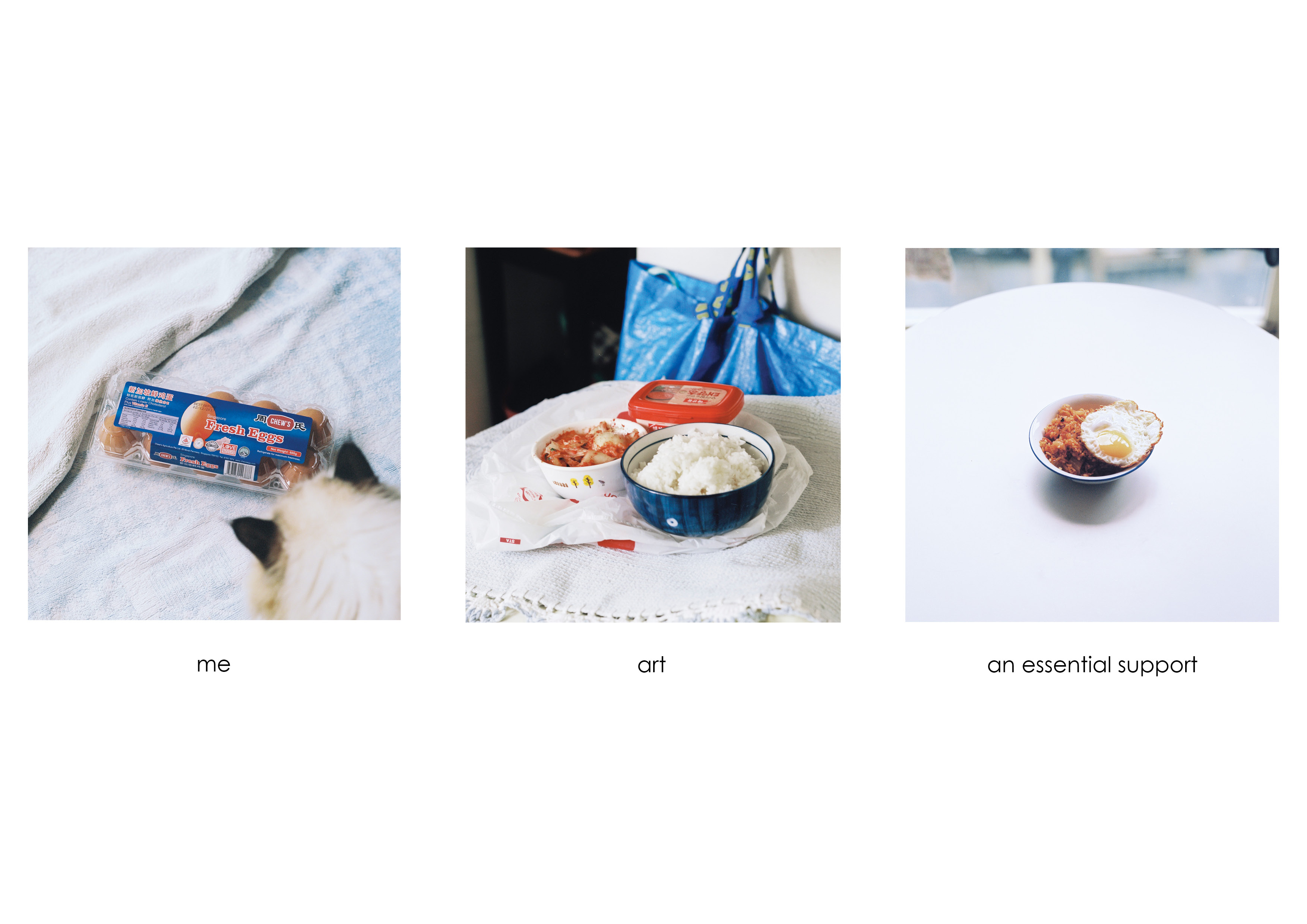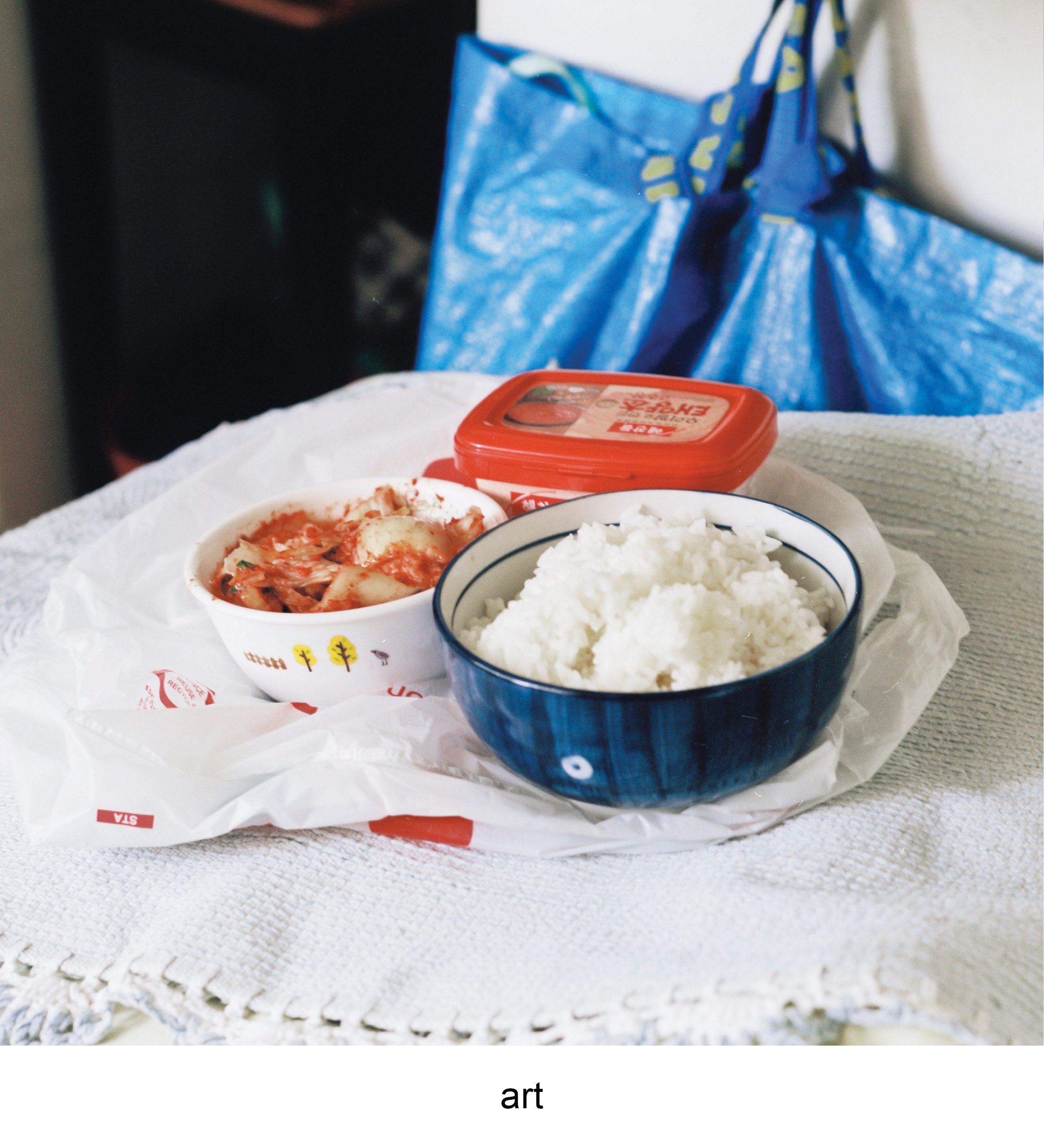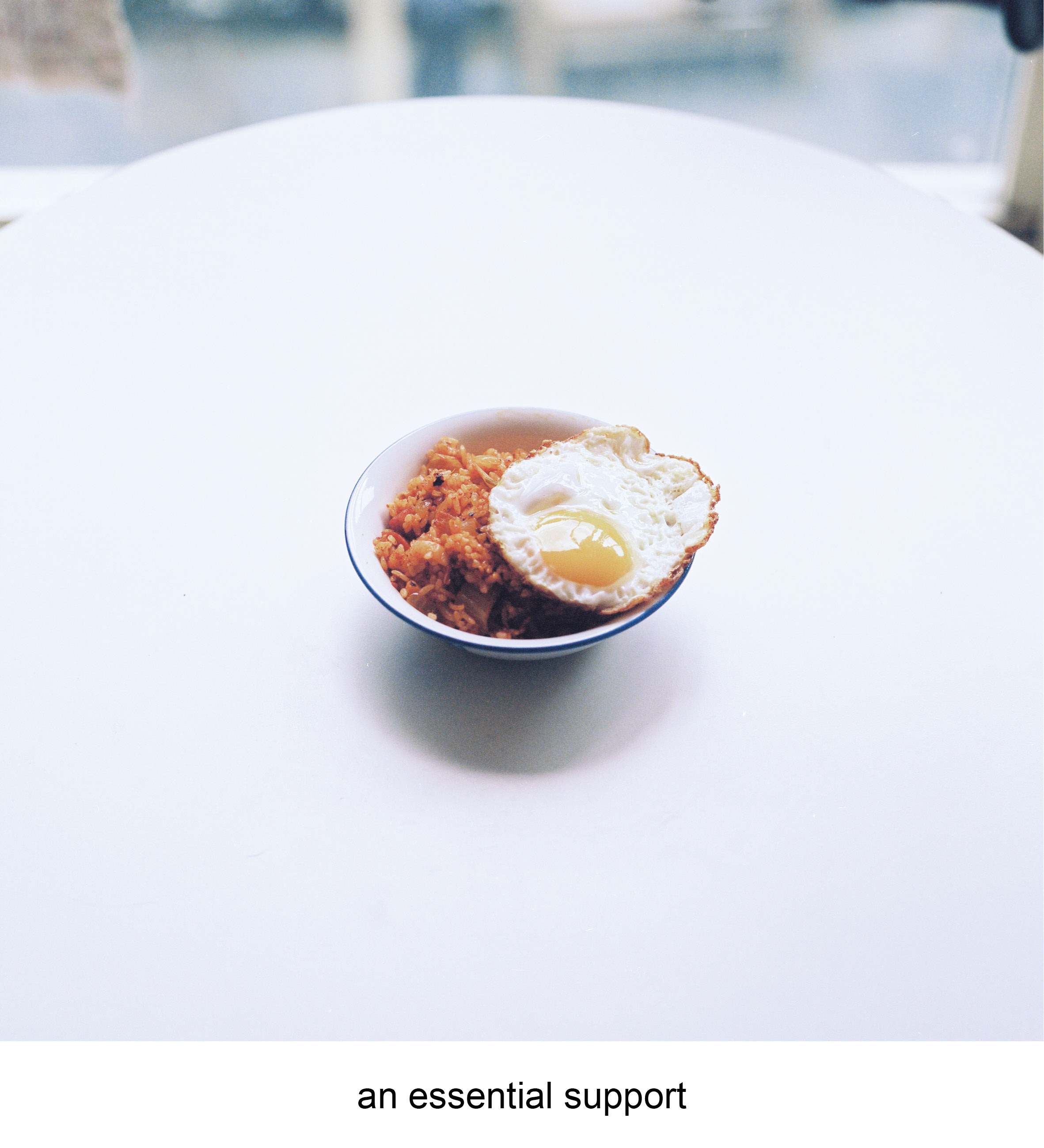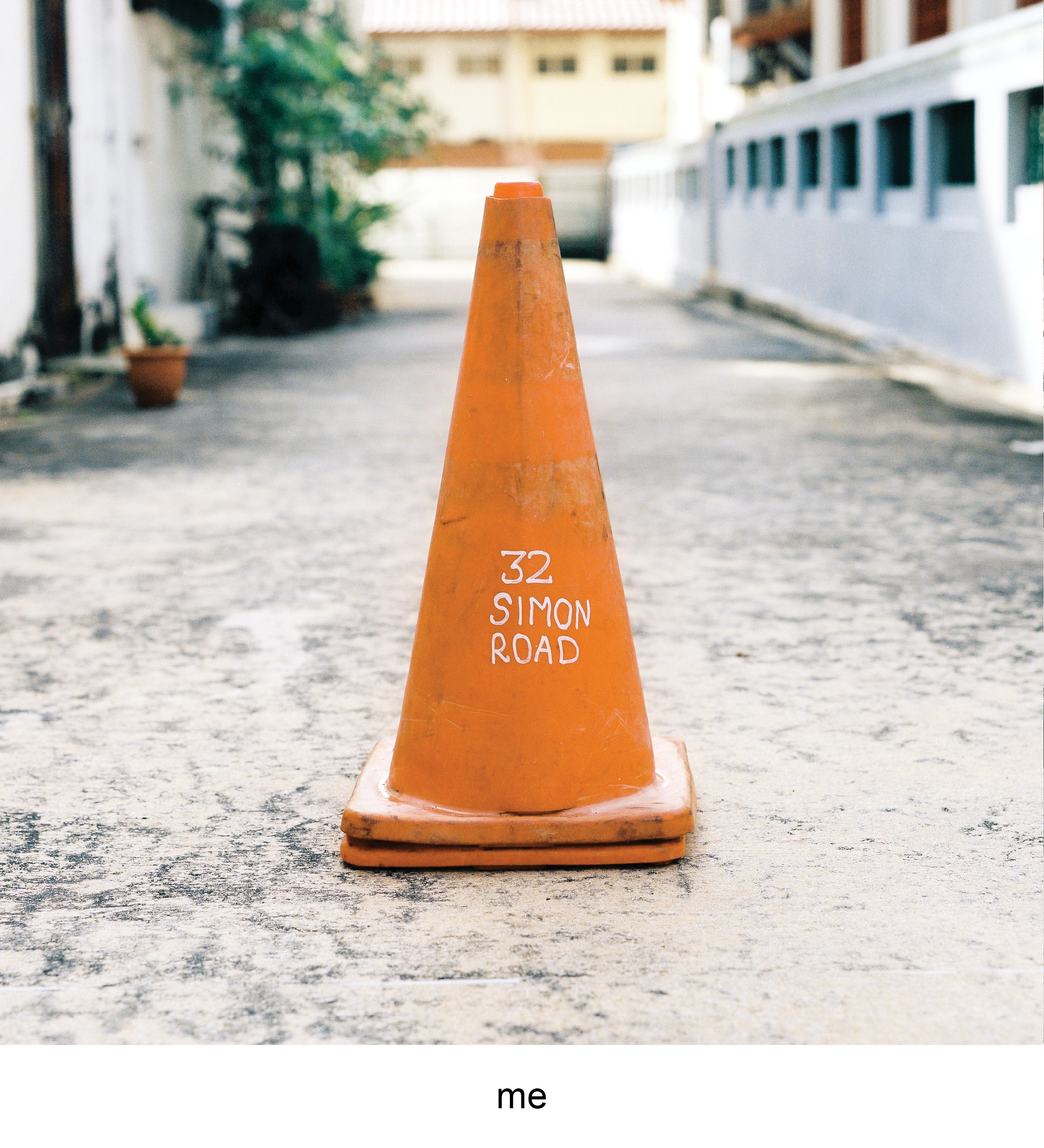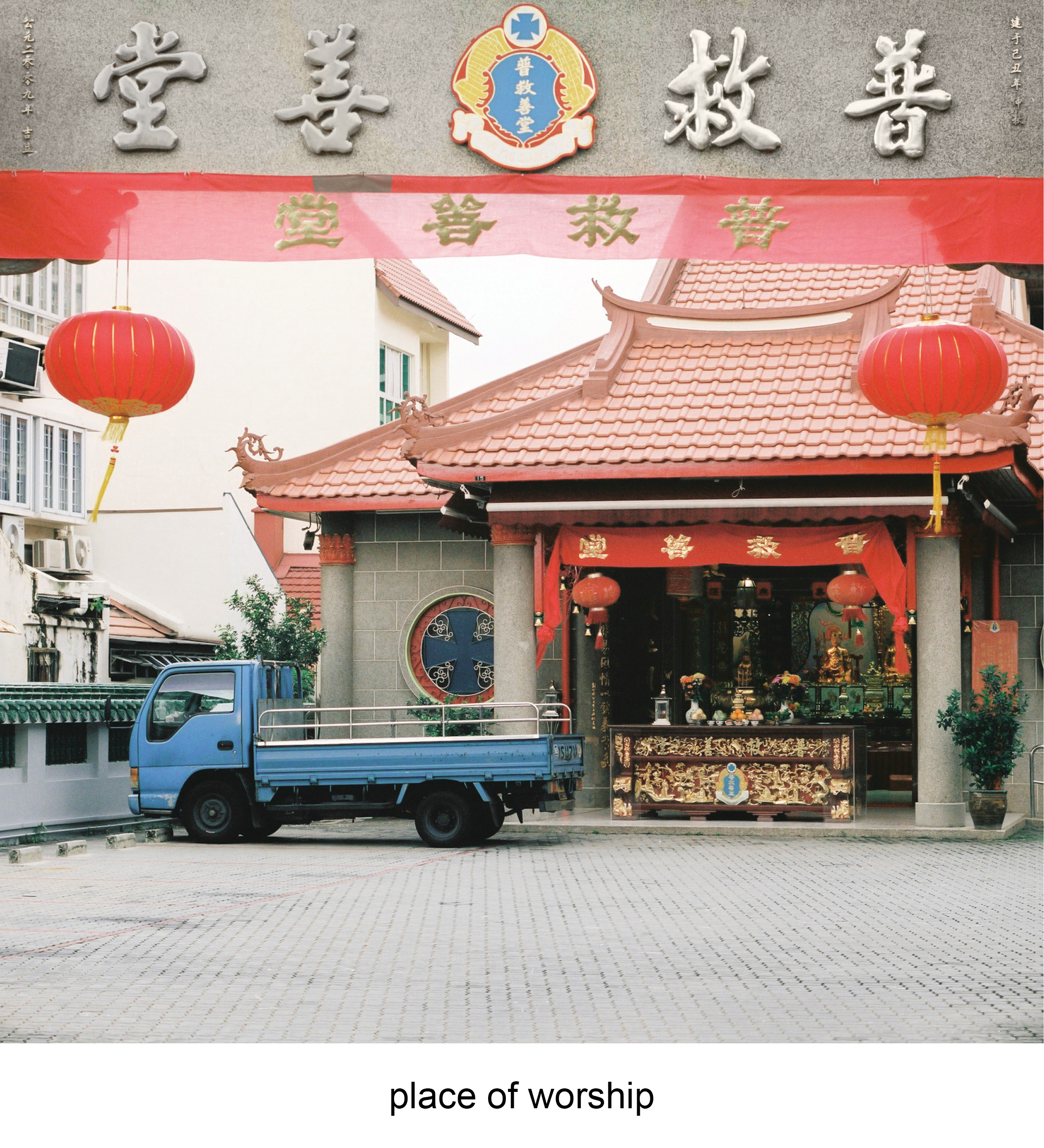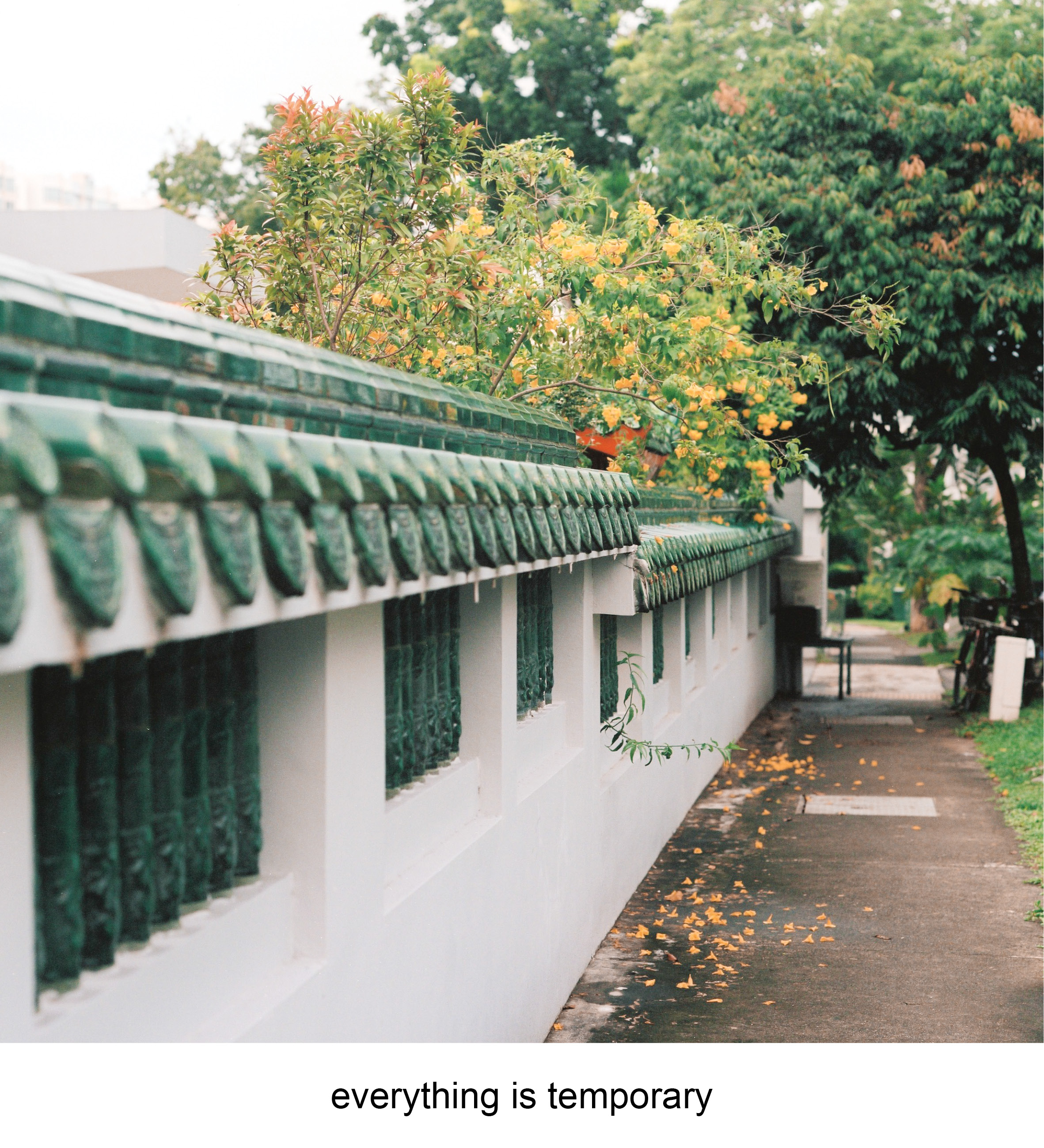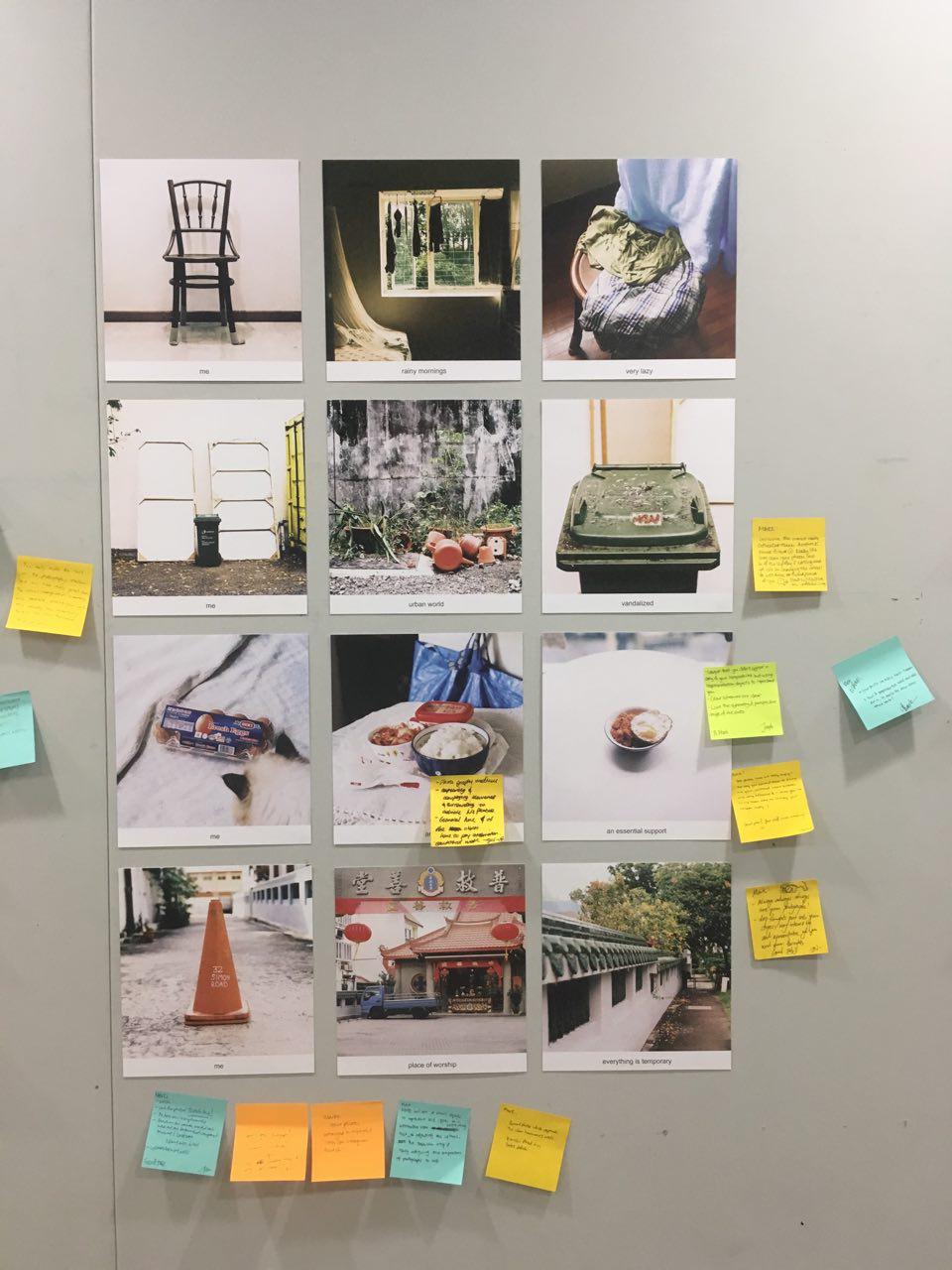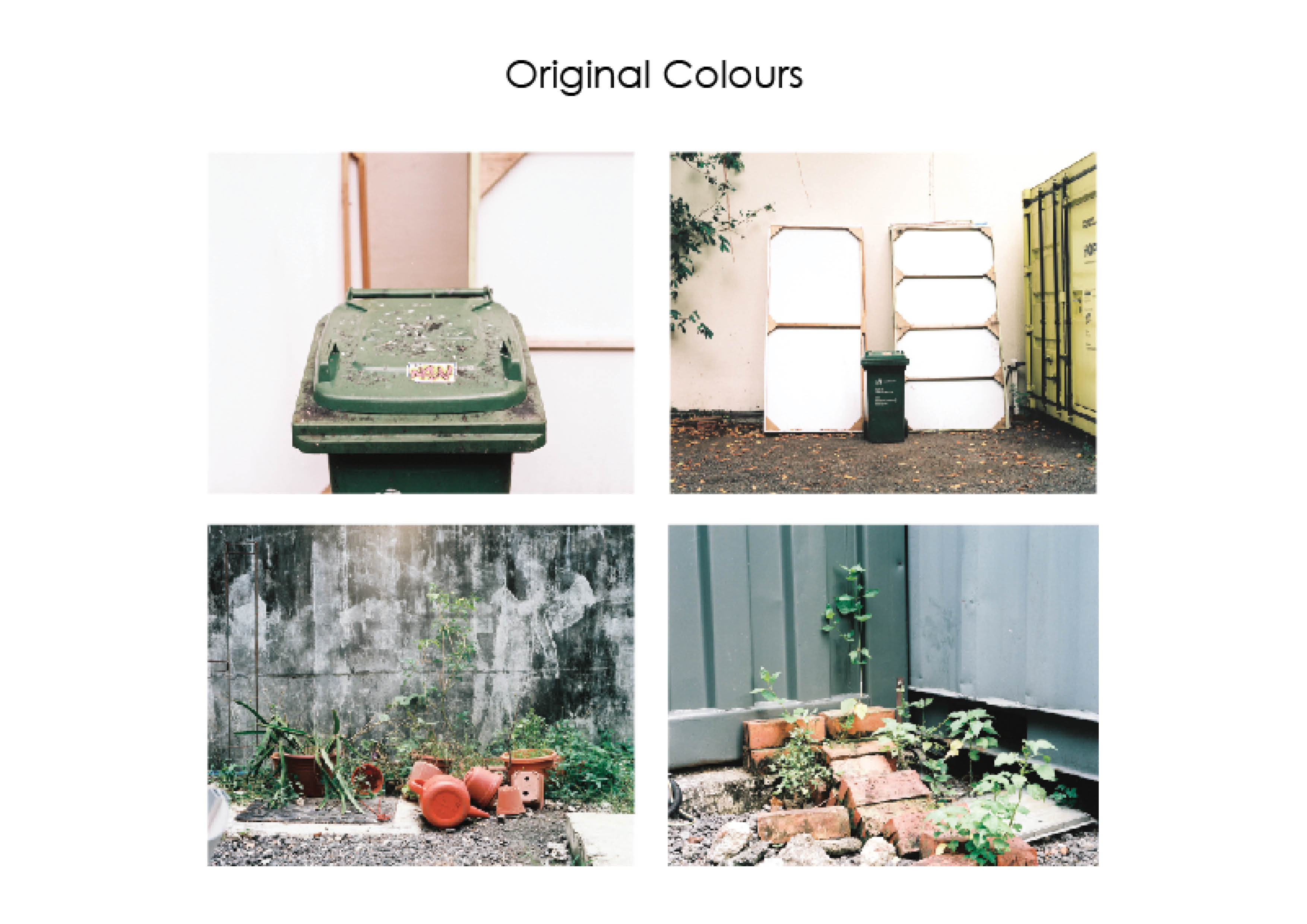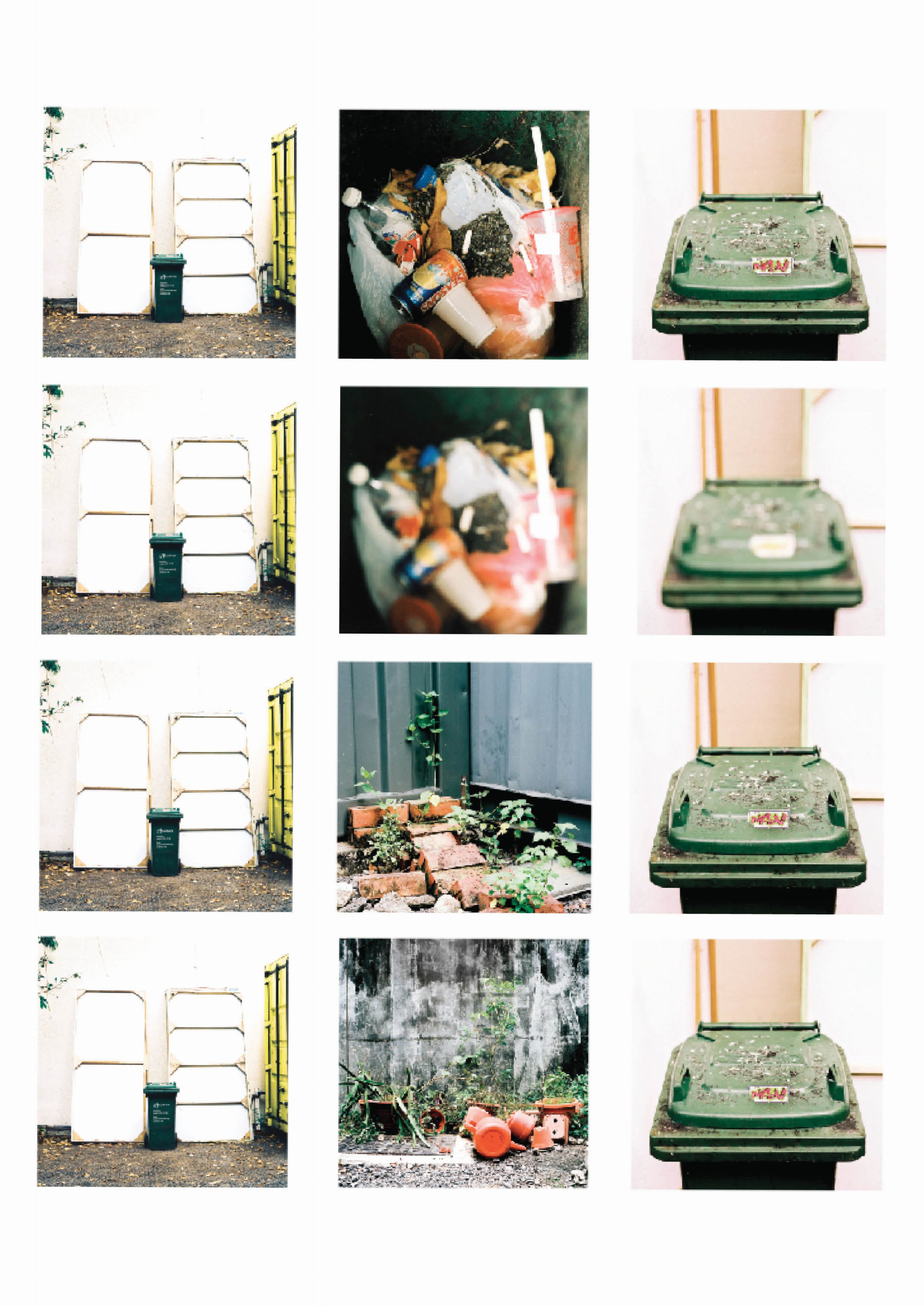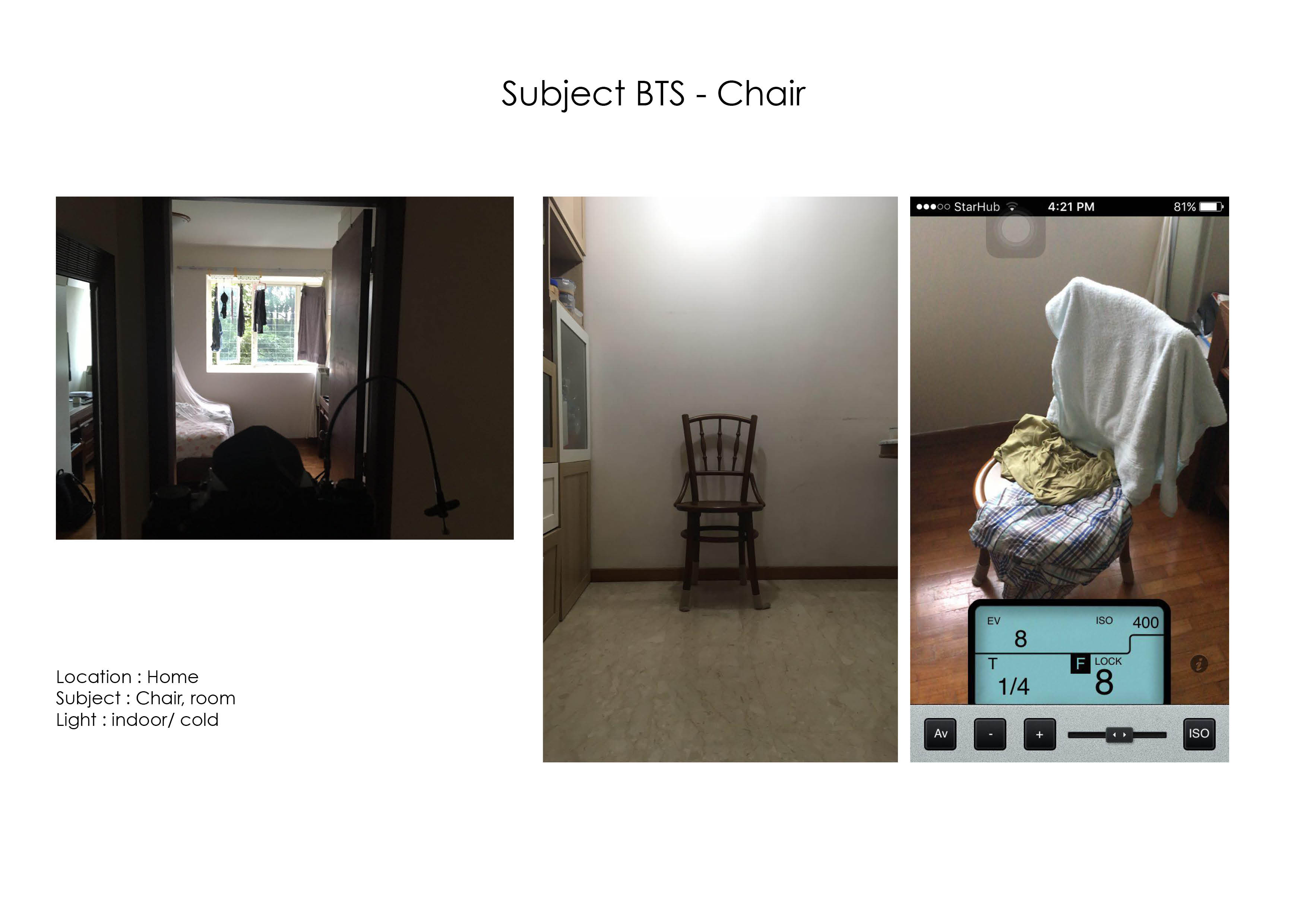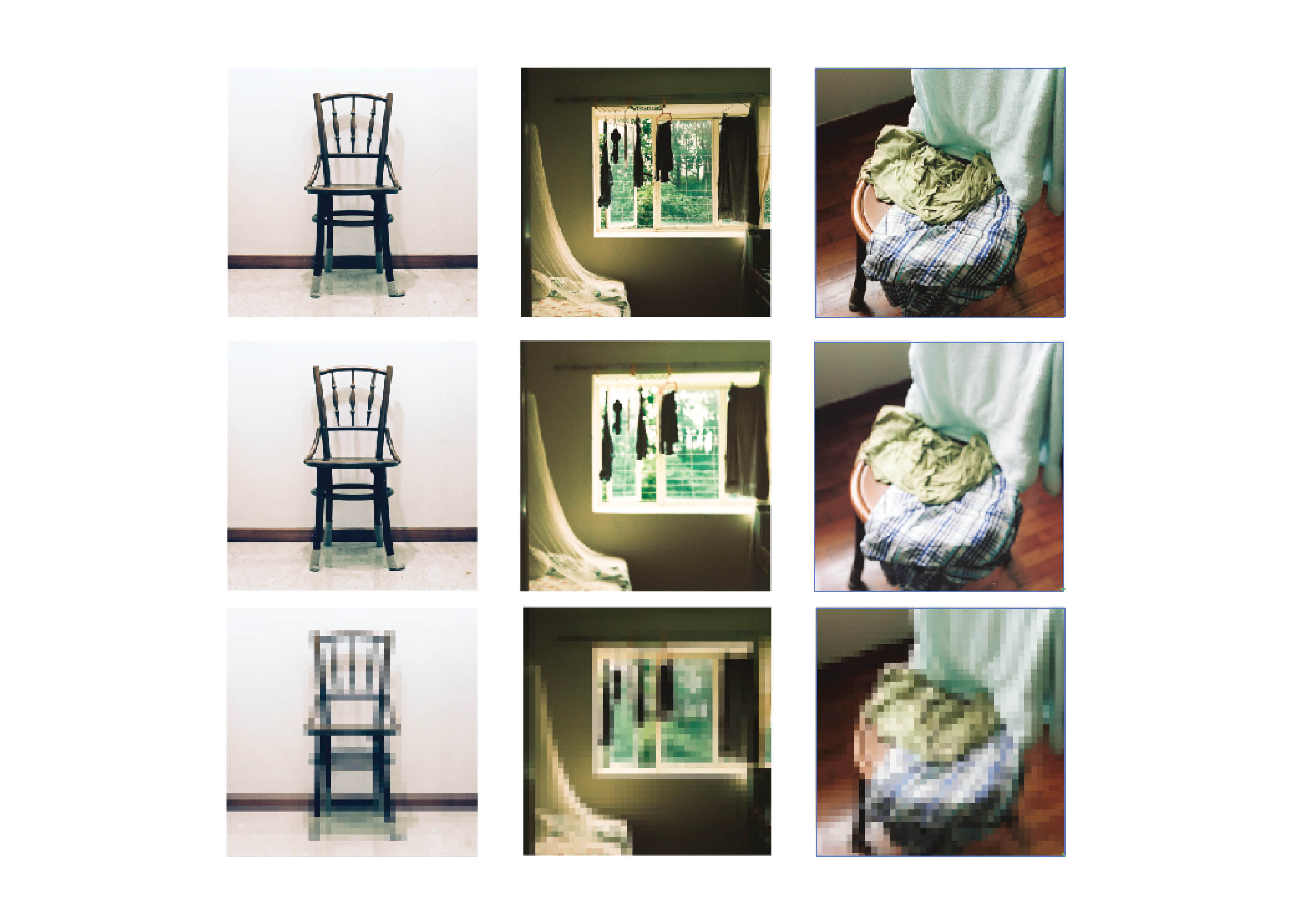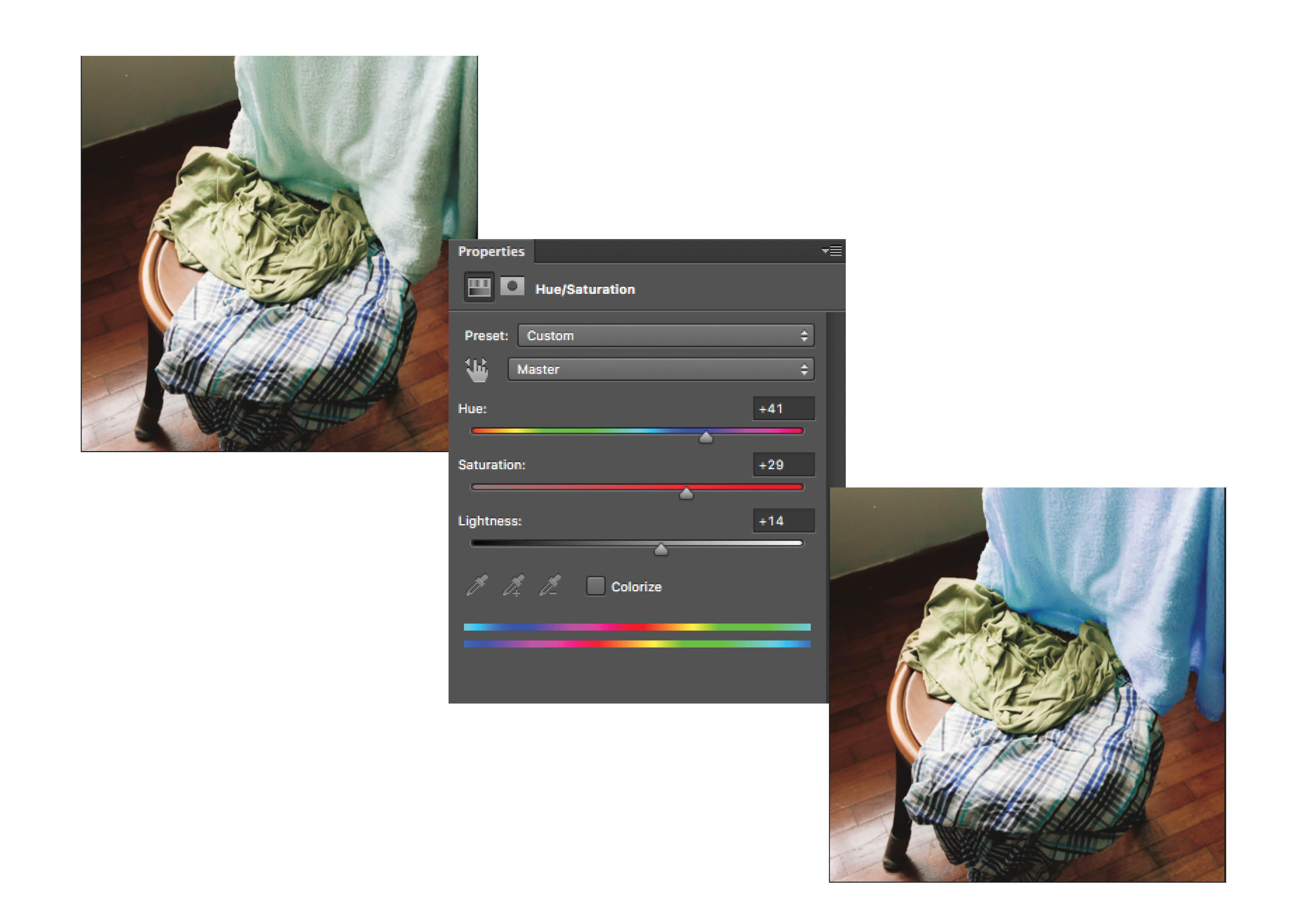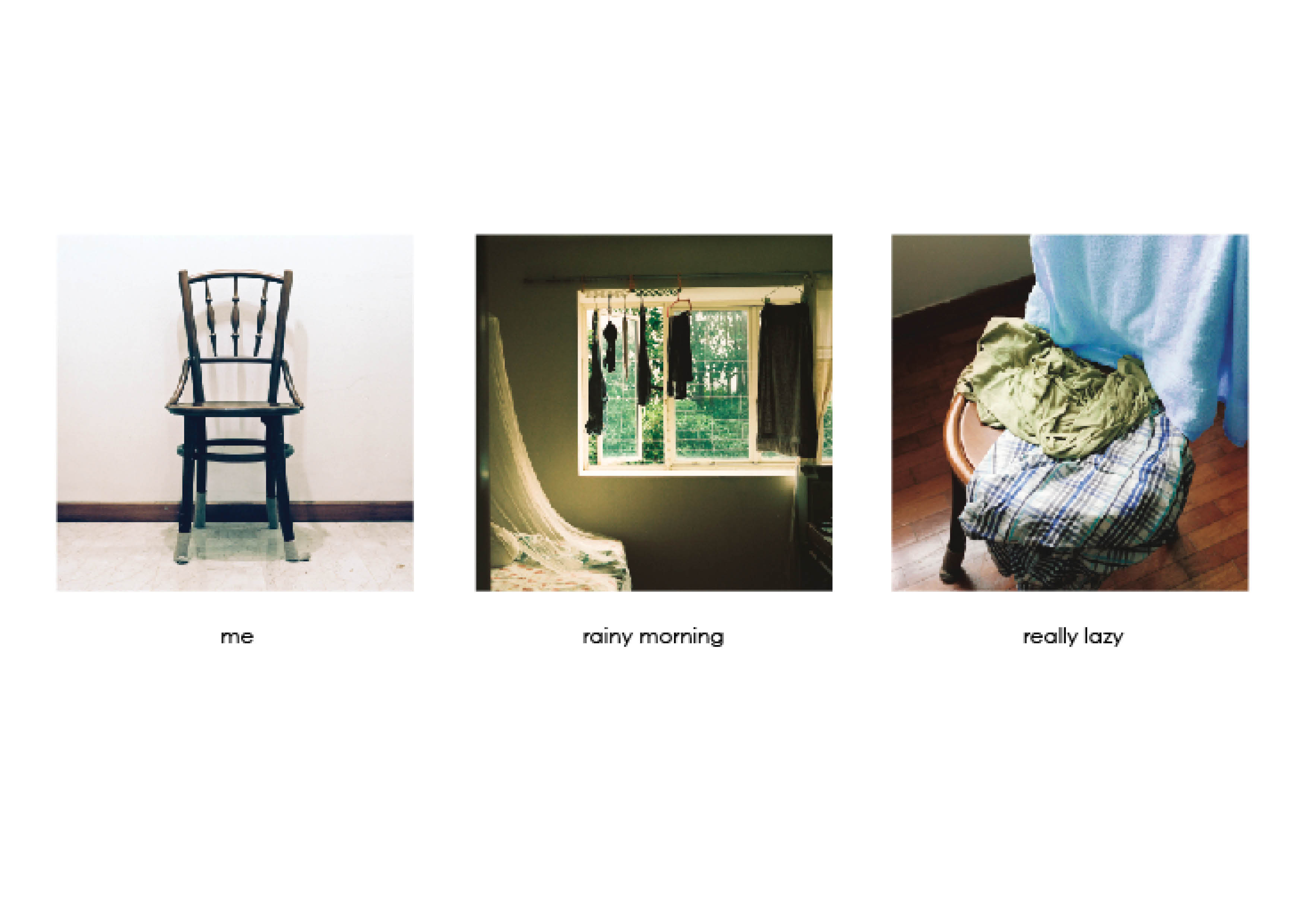call to hold

call to hold is an attempt on shaping the sound of feedback into a sound that can be controlled and manipulated. The device works around the main sound of a feedback loop generated by picking up environmental sounds, growing and distorting and getting louder. To keep the sound alive without peaking, the volume and lower end frequencies can be adjusted to shape and tone the sound of the feedback. These parameters are controlled with the gestural inputs of the rotation of the first palm over the sensor, and the second hand’s distance to the sensor. The experience becomes a small game of balance and improvisation.
Developments

The initial idea was to have a small brass and wood sculpture featuring a rotating contraption with multiple small microphones. These microphones are contained within a structure of small speakers, and through the rotation and movement of the microphones passing the speakers, they will create small tones and blips of feedback.
However through the process of making small electret condenser mic / preamp/ speaker circuits, I learnt that there is a certain balance of the amplification and frequency for the feedback sound to occur.
A brief example of the frequency of the speakers generating different tones of feedback can be seen through this video:

My back up was to use a microphone and speaker that is tried and tested, in terms of creating feedback. The movement instead would be tugging onto the microphone to let it swing slowly across the speaker. This doesn’t change the quality of the sound as the mic is a directional mic, therefore the movement just acts as a on/off character to the sound of the feedback.

The piece later developed into having the input of the mic go through a volume and eq control, this is done by touch designer. I isolated the gestures of the rotation of a palm and the varying height of the other hand to control these parameters.


Reflections
After some interactions from other participants messing around with the device, I learnt that visual feedback is important to keeping the attention and interest of the user. The participants often use the volume and frequency gauge to see if they are doing the right thing or not, rather than experimenting the relationship of the gestures to the sound.
I didn’t really put the user interface as priority as the device was meant to be more of a performative tool. The movement of the hands had potential for it to have a choreographic element to the experience. When I was documenting it with the lights the shadows casted accompanied with the sounds made for a pleasant connection.
Moving forwards I feel that more can be developed onto adjusting the EQs or adding modulation and tagging them onto specific fingers or gestures.
